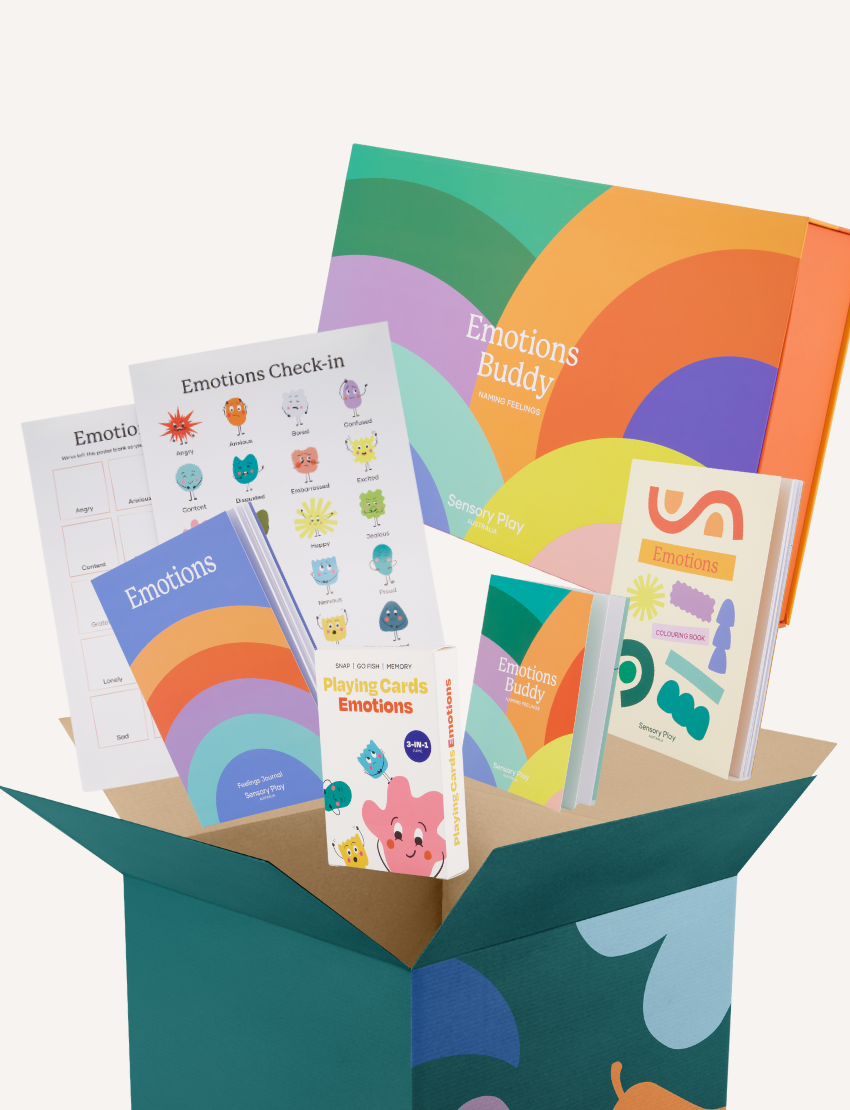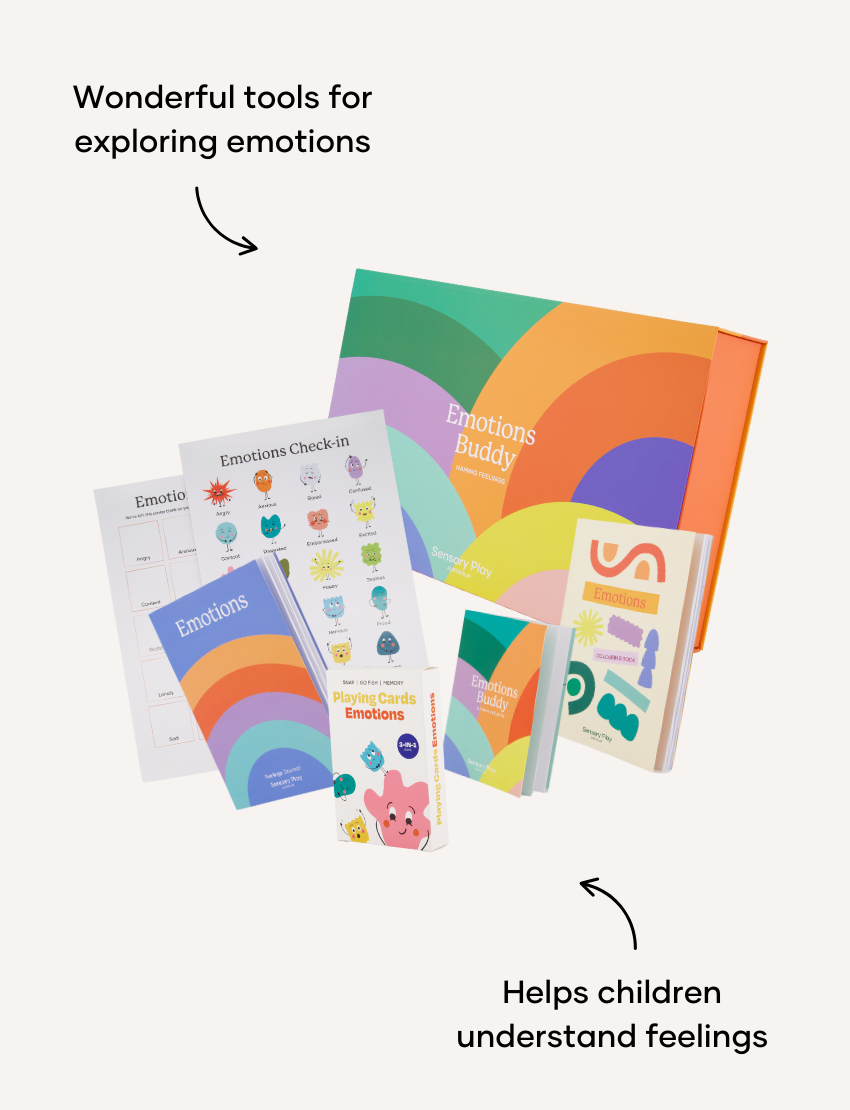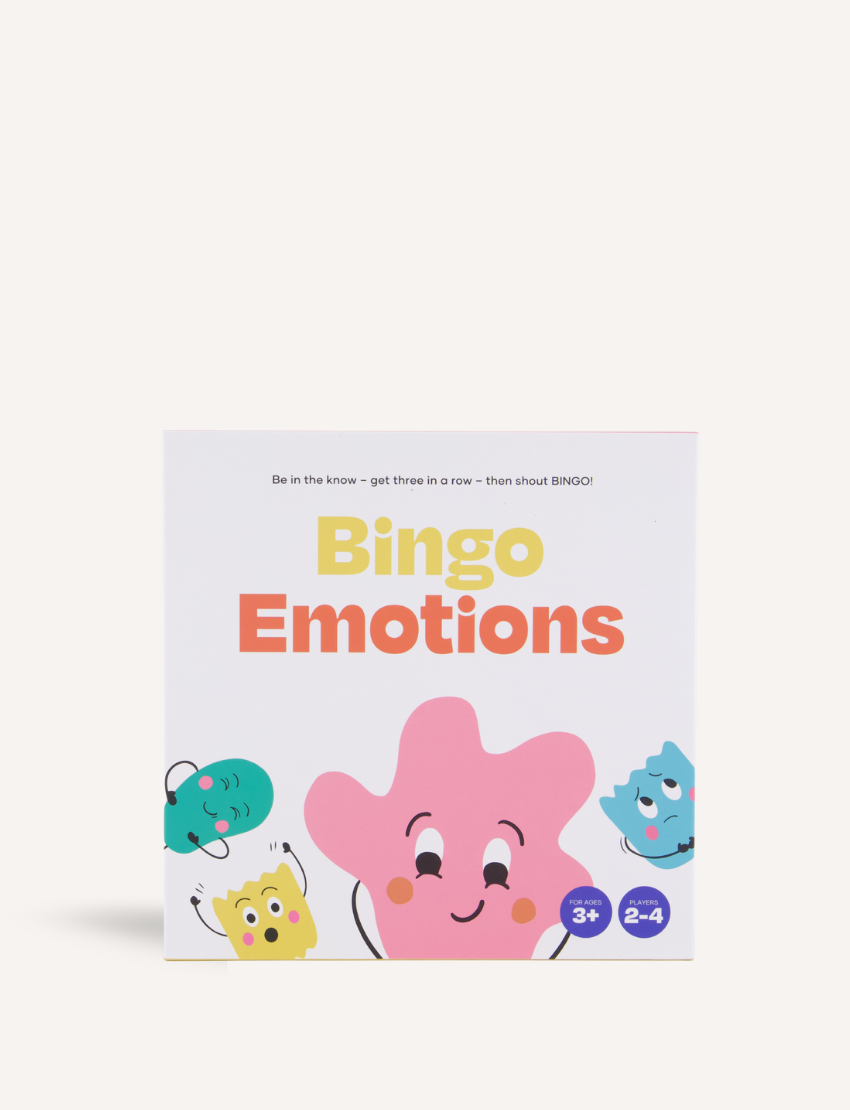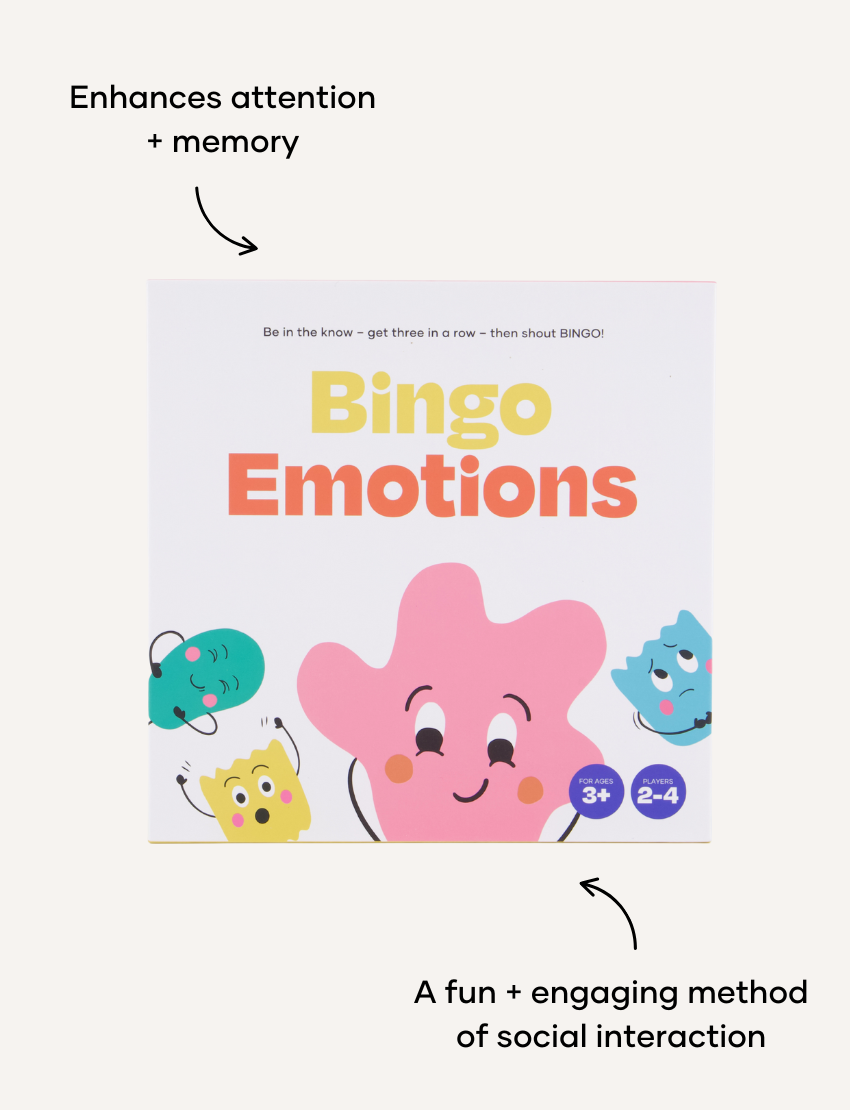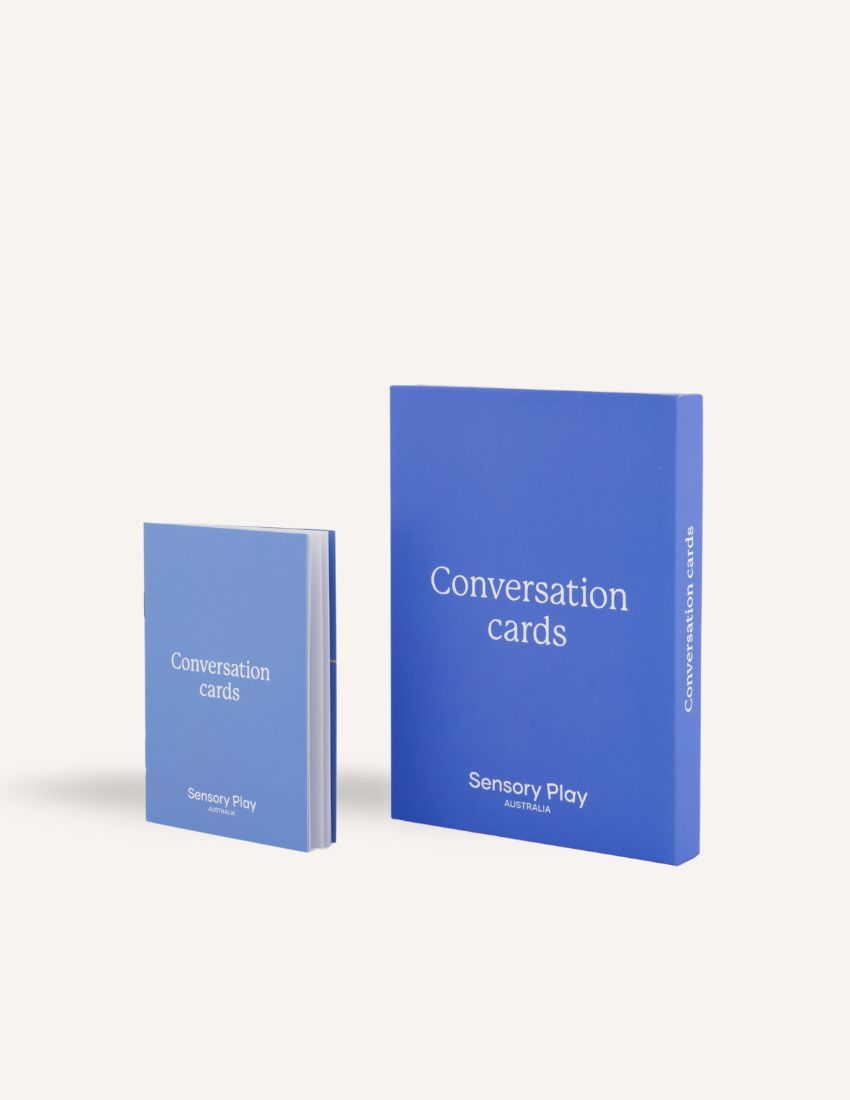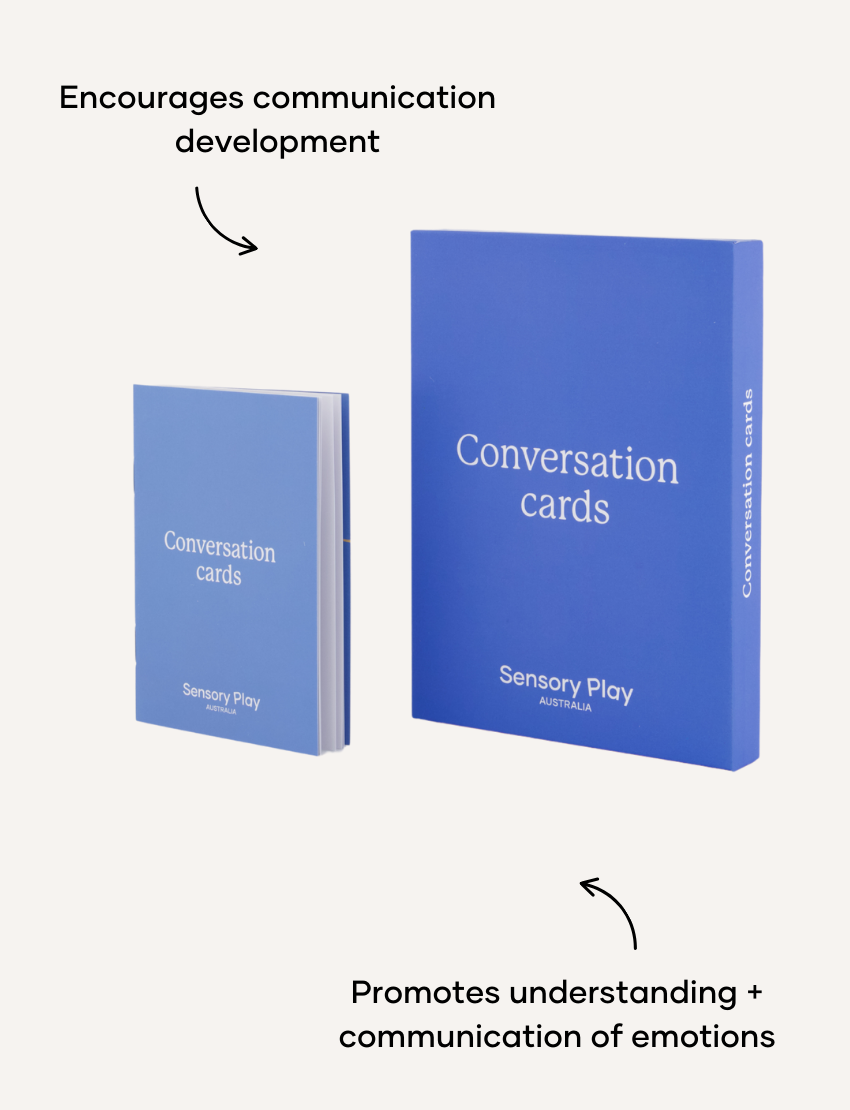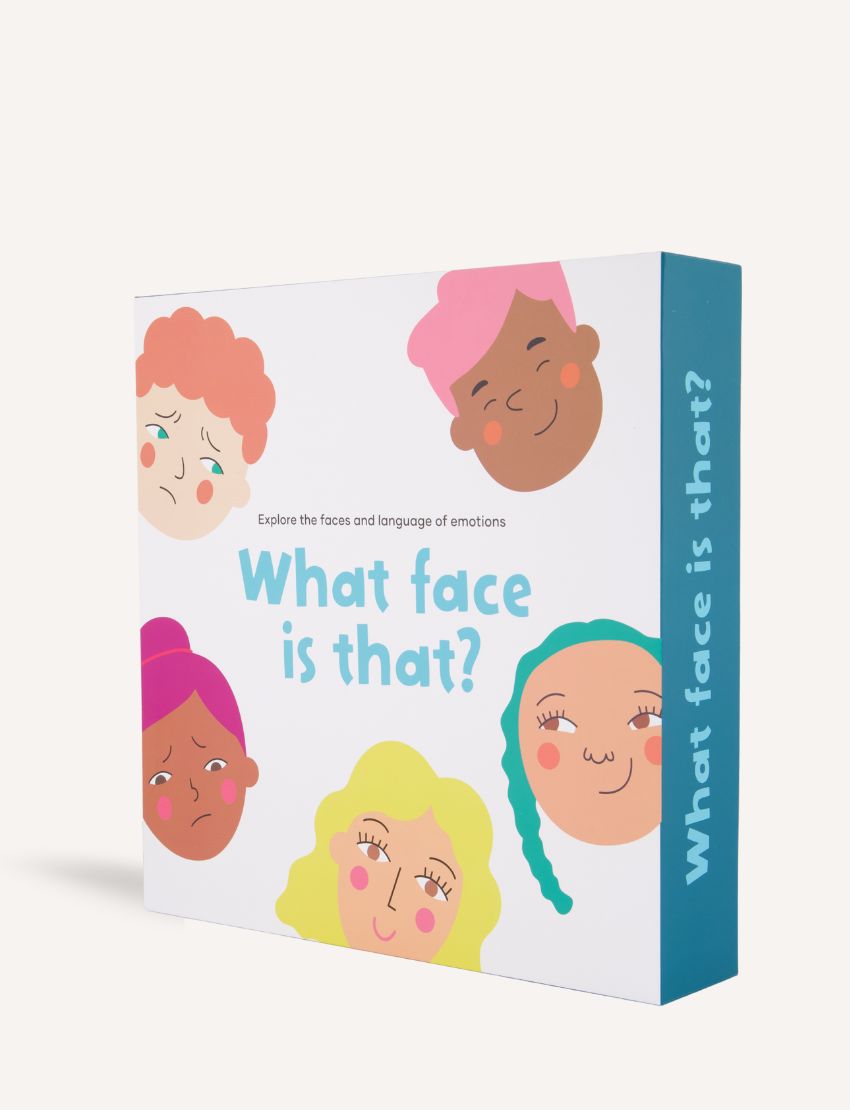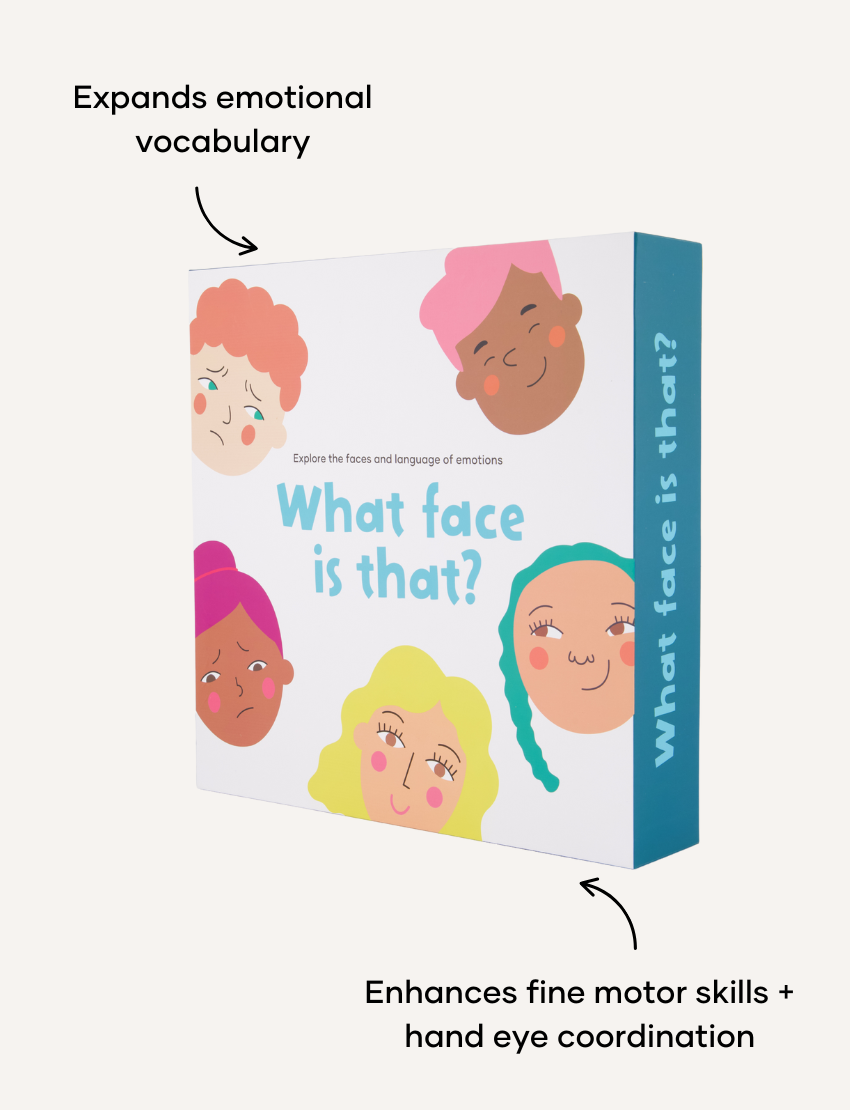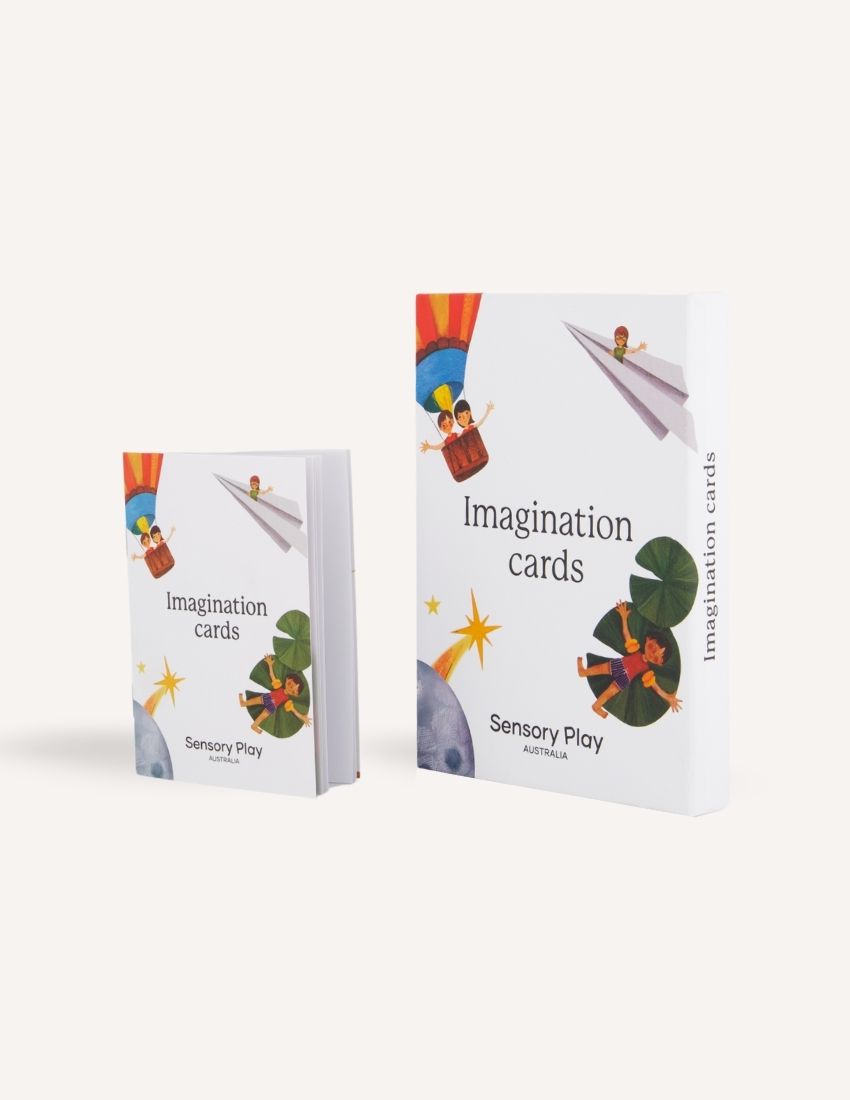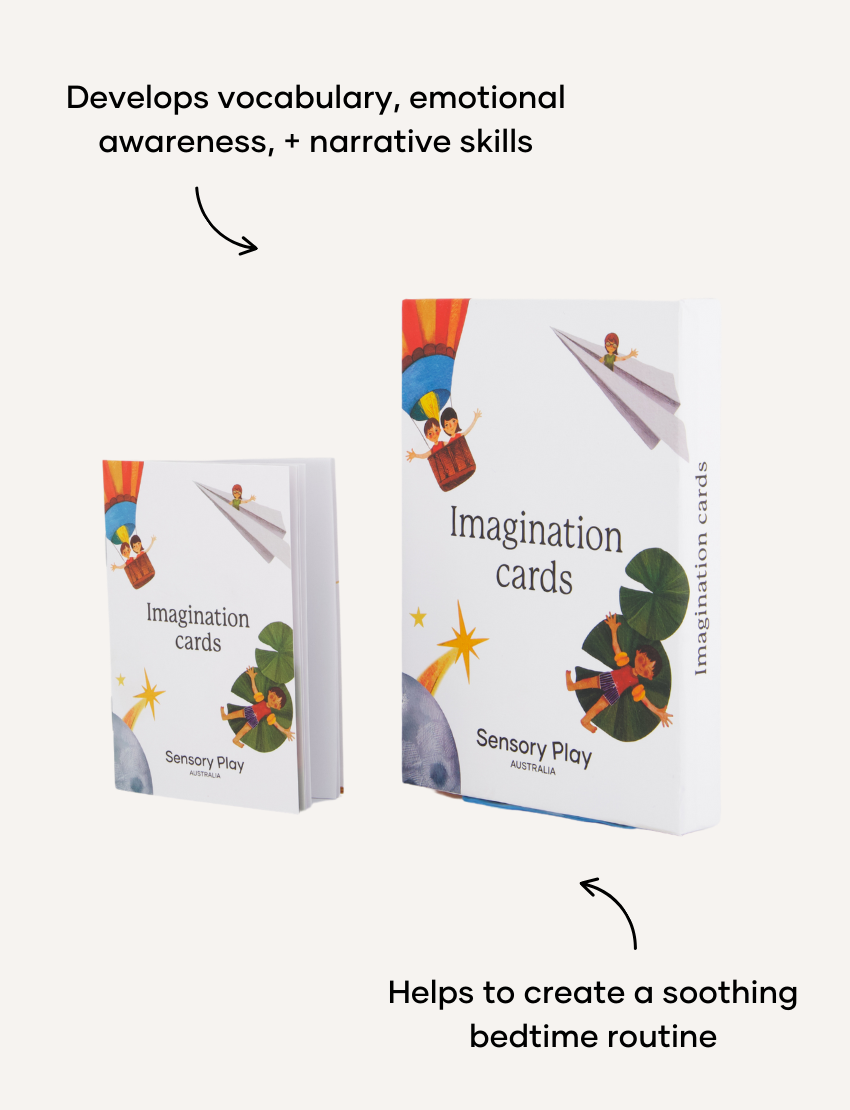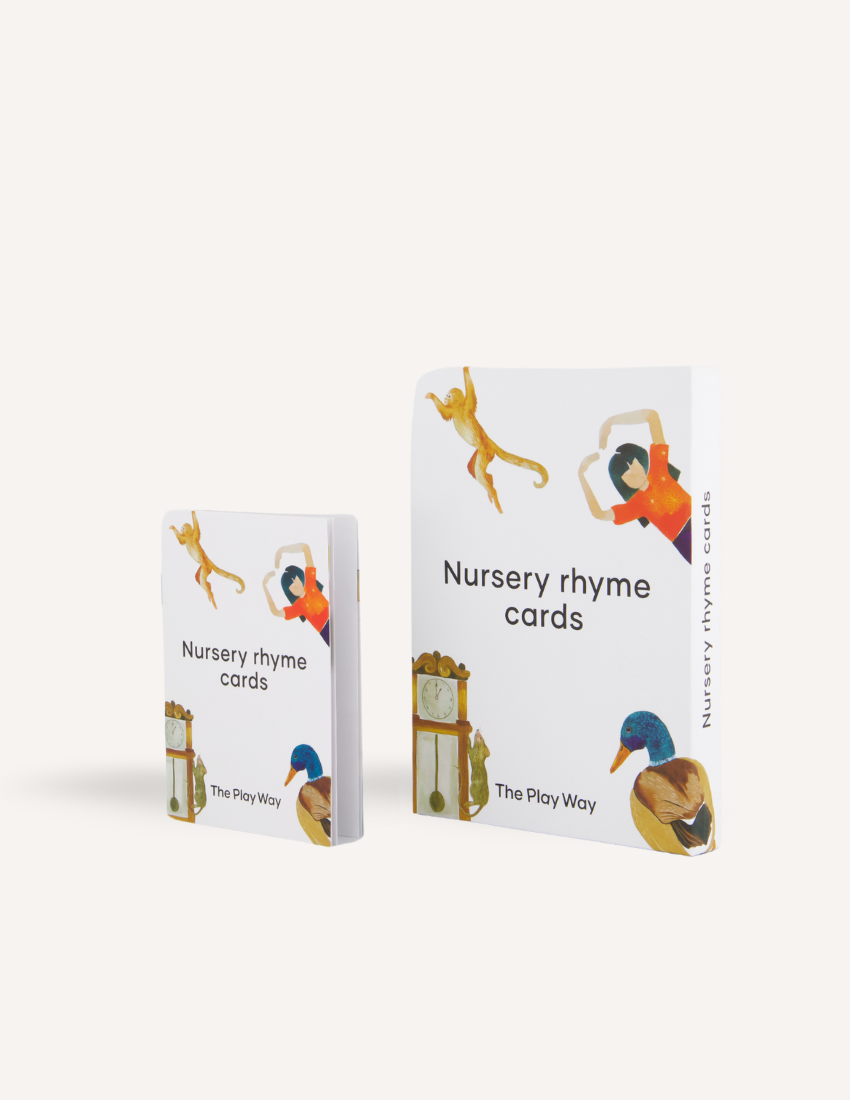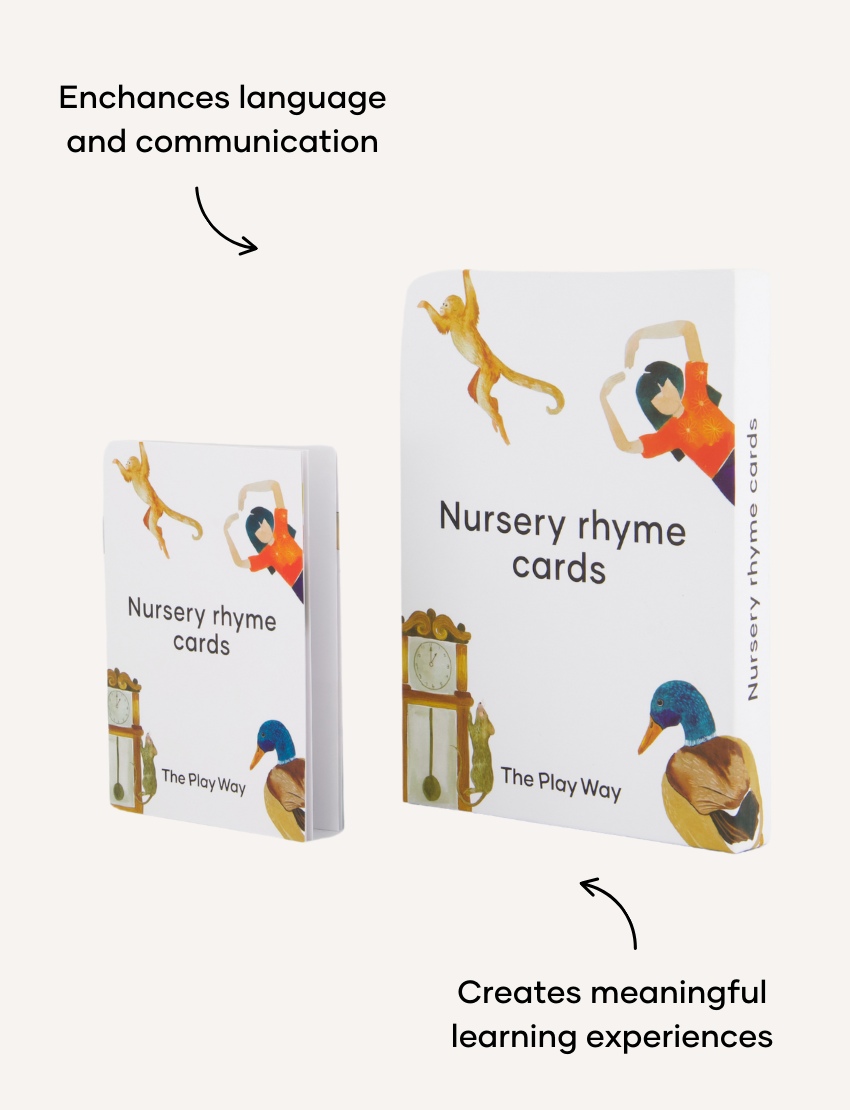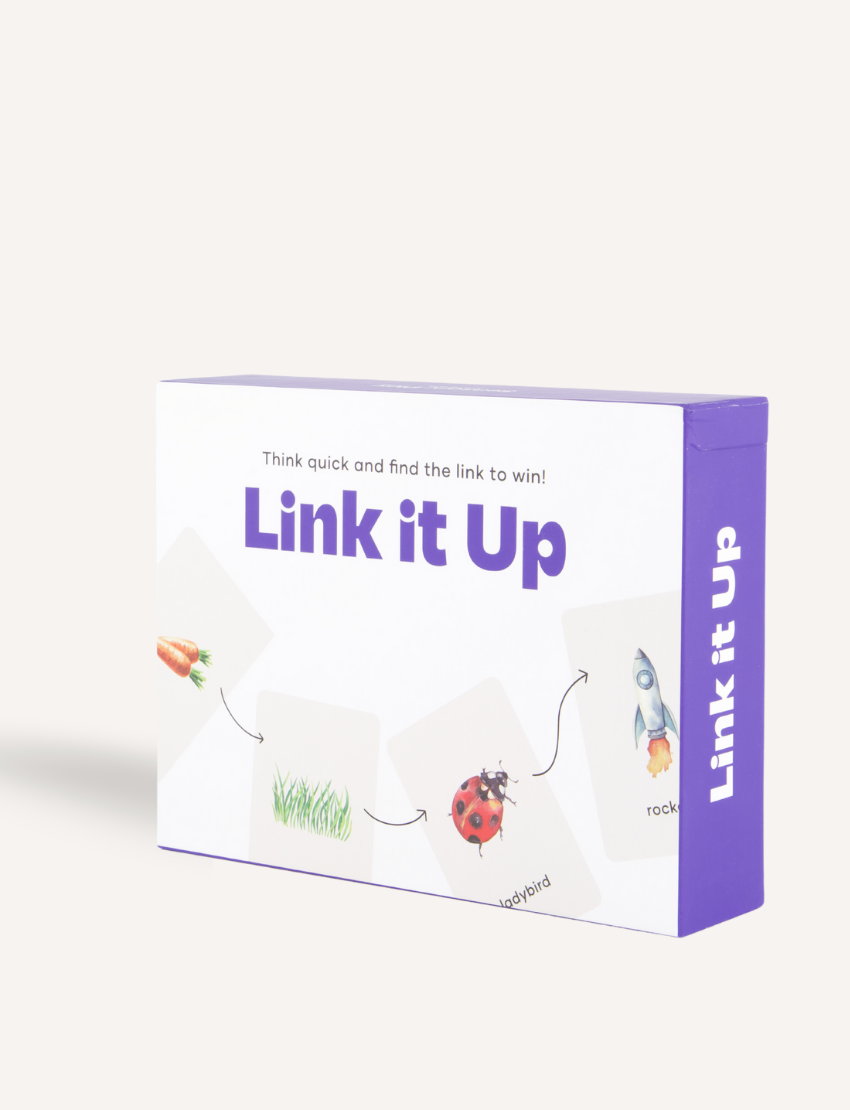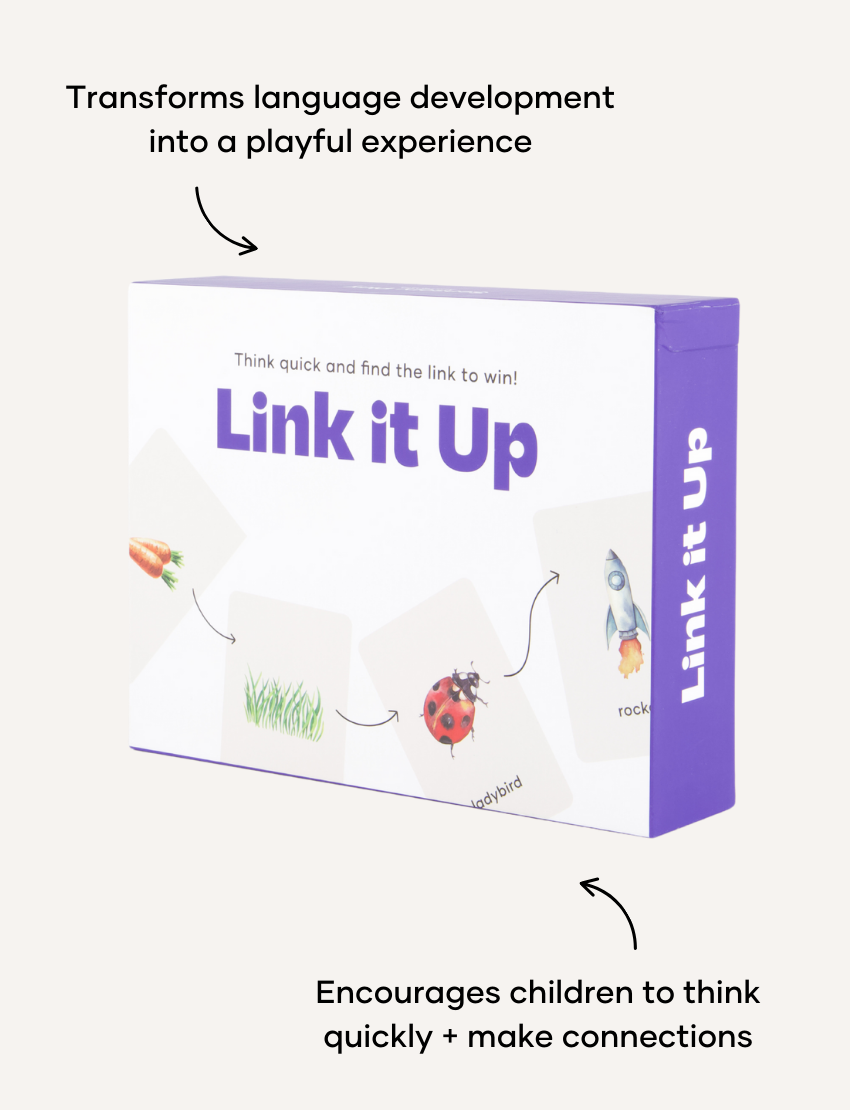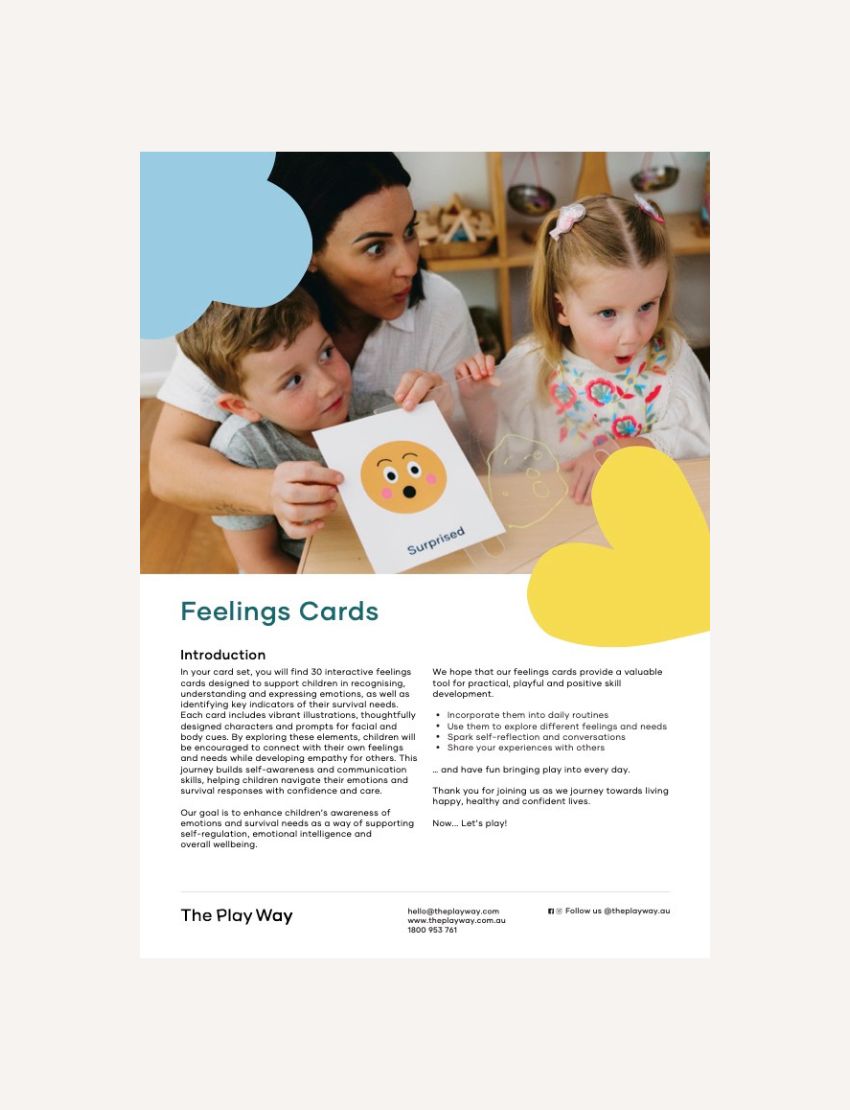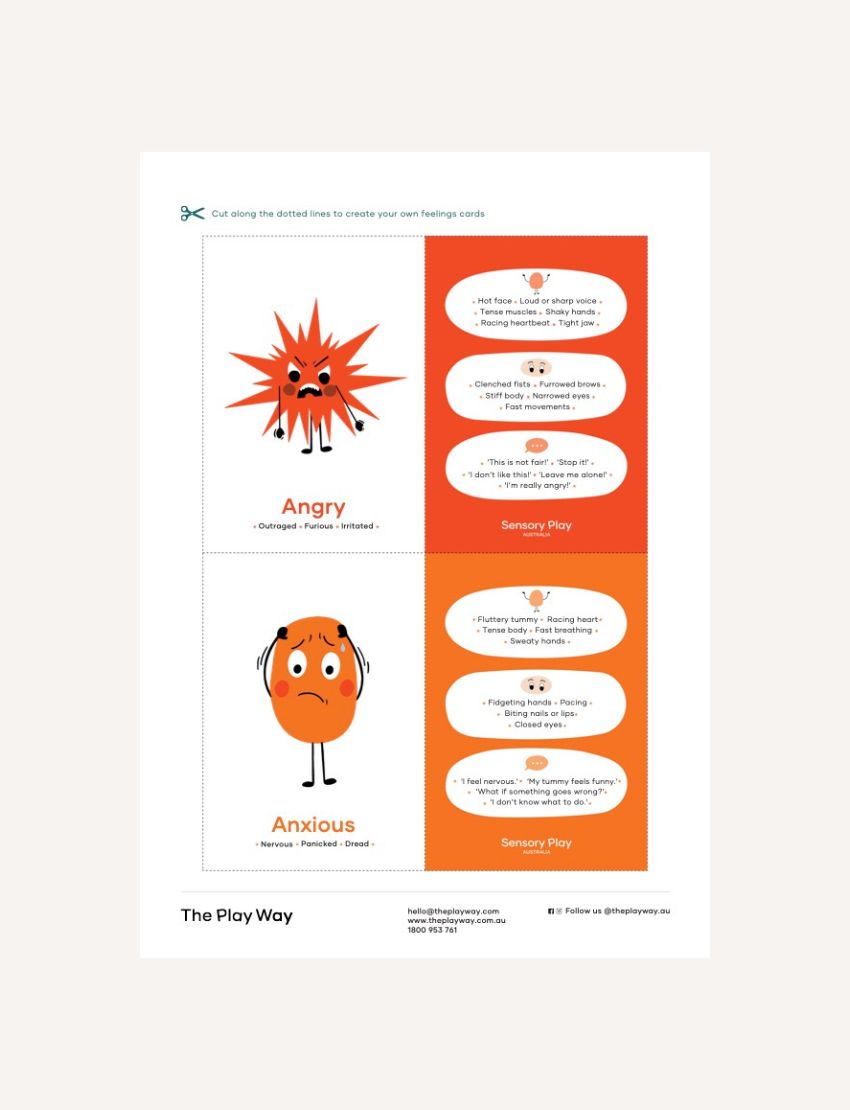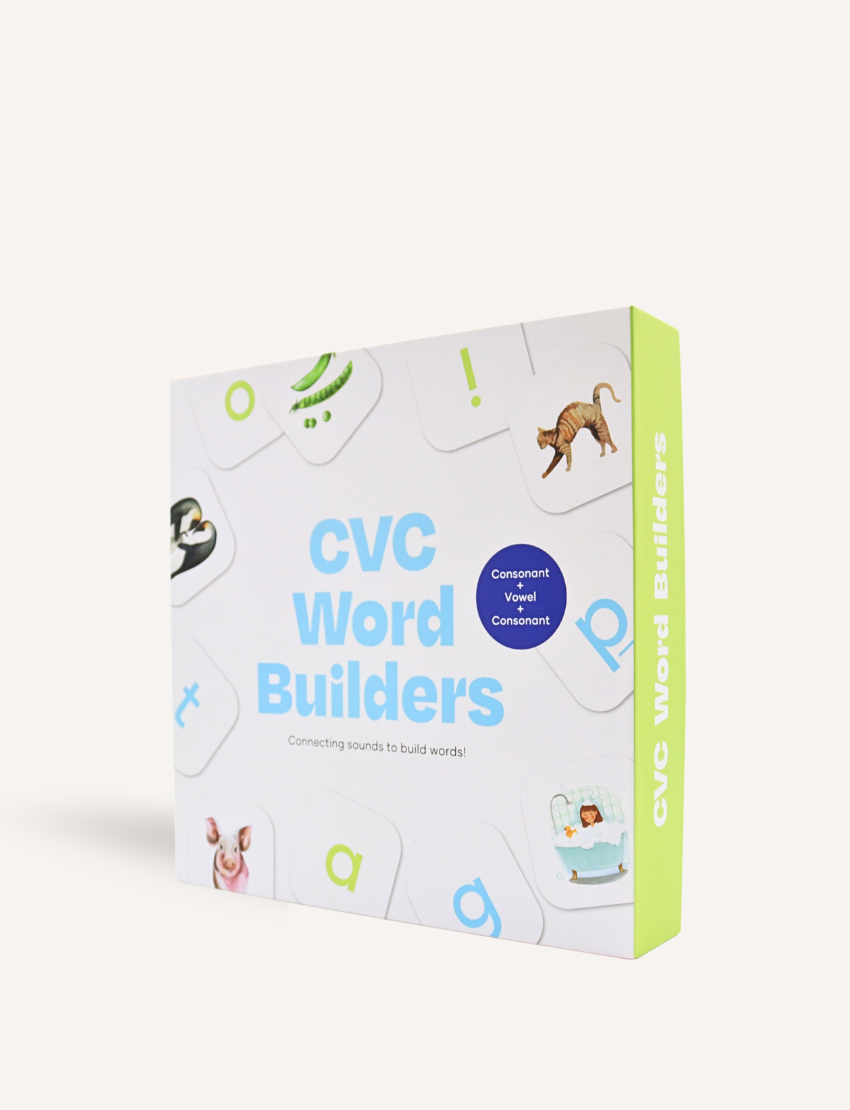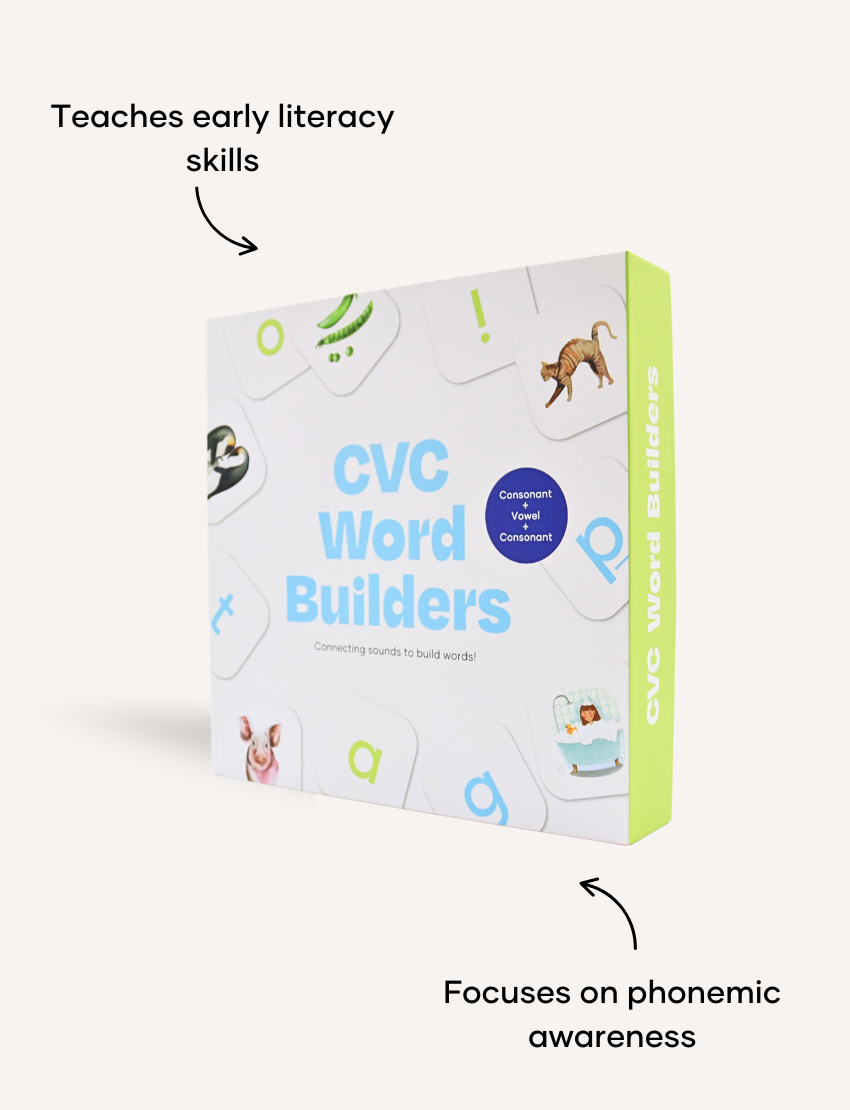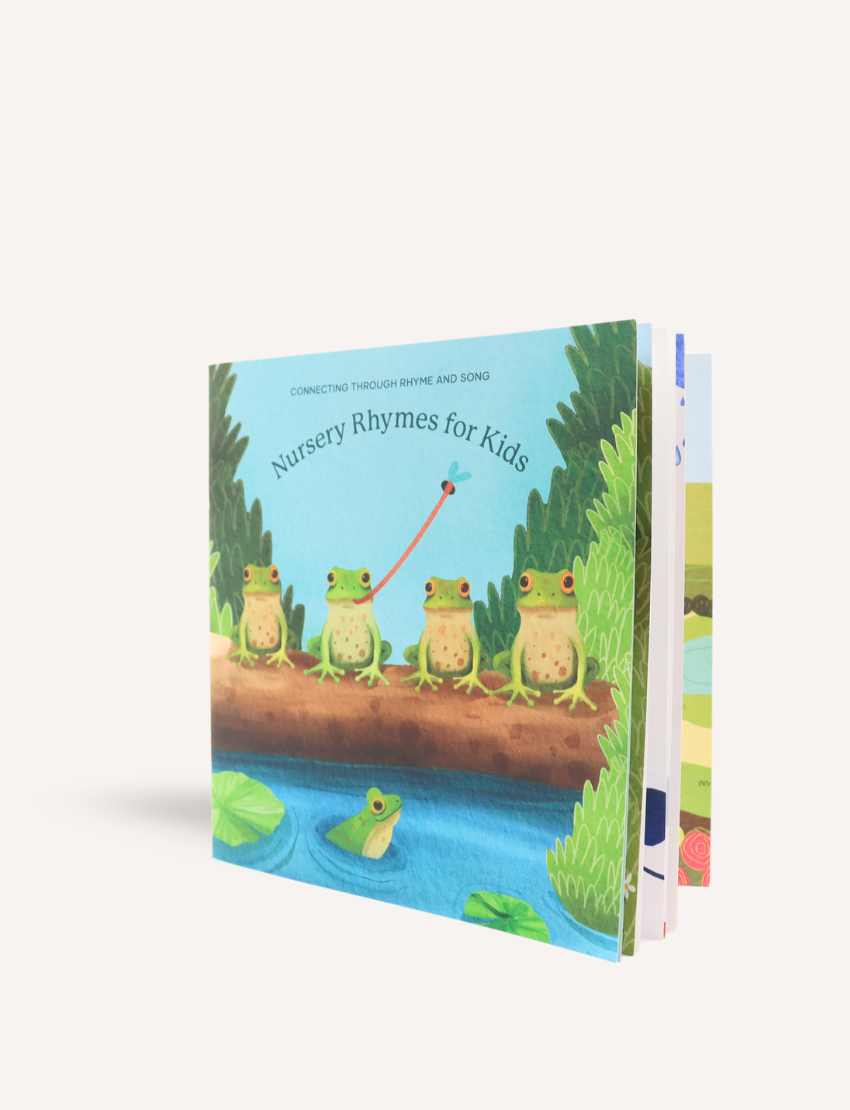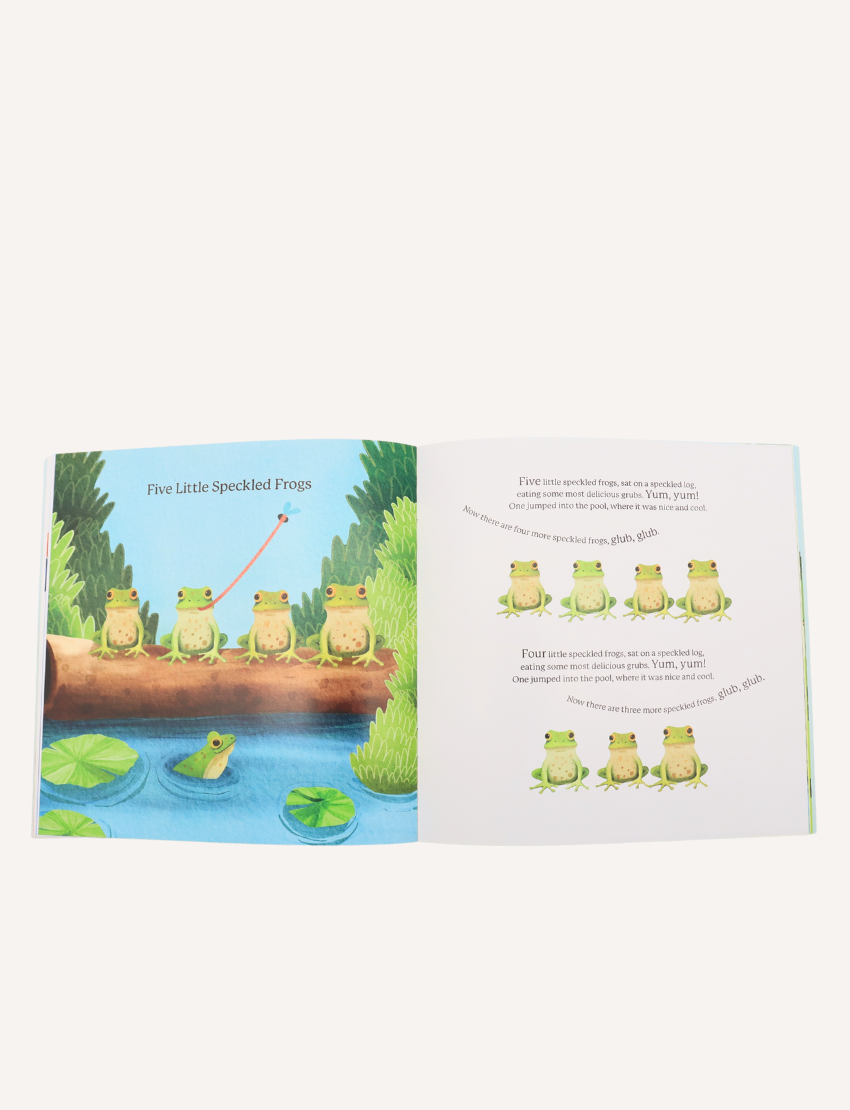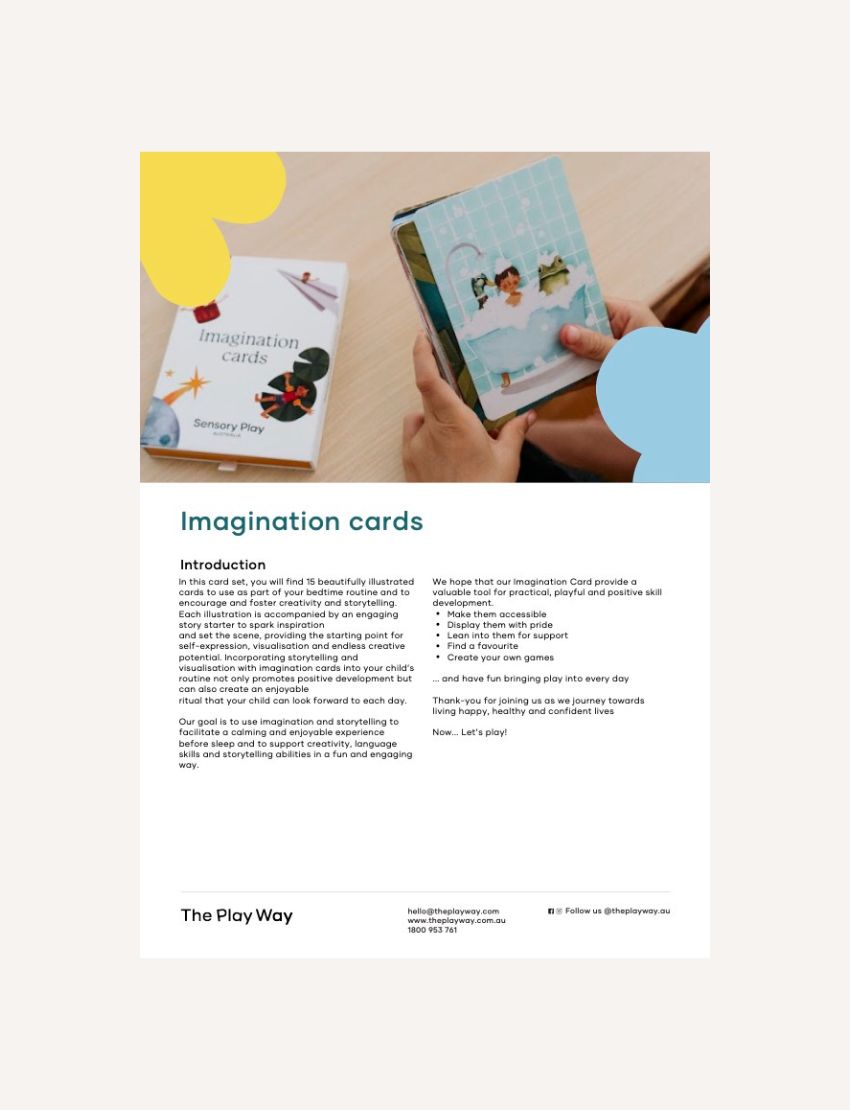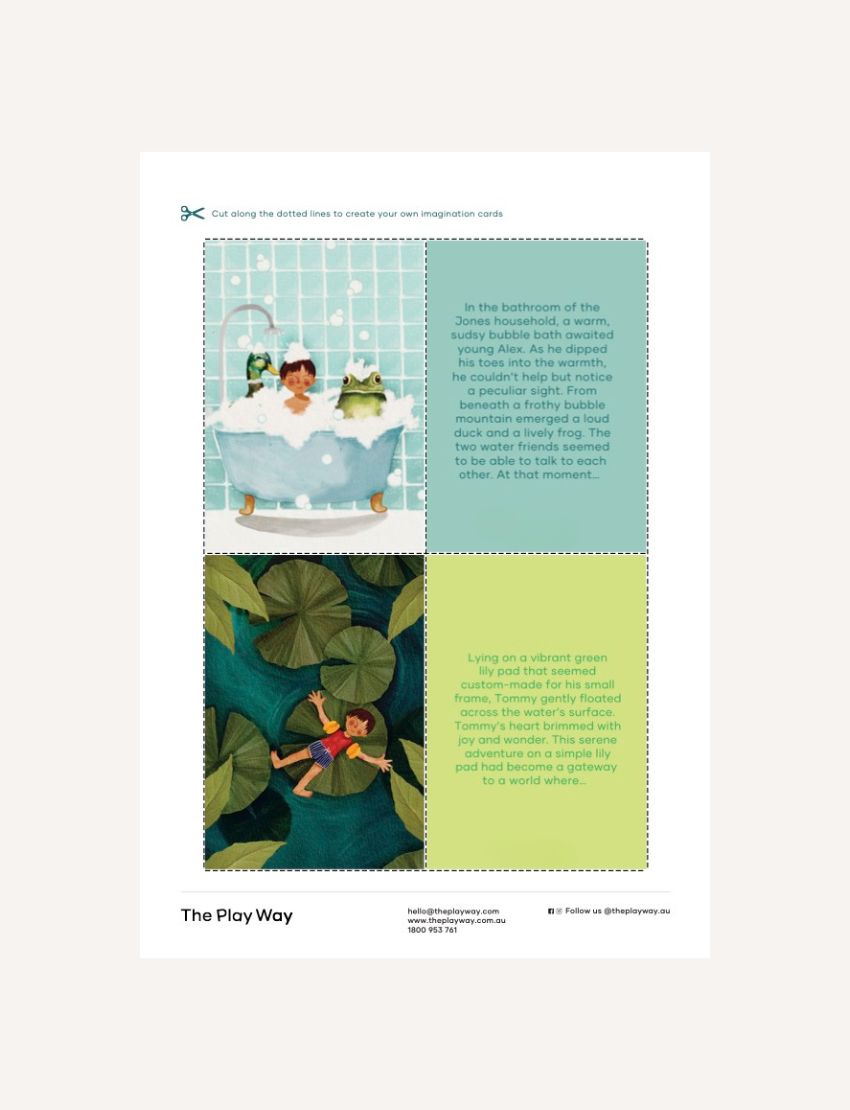In early childhood education, some of the most powerful learning happens in the little moments, lining up, singing a song, sharing a story, even washing hands. These everyday routines are packed with opportunities to build early literacy skills.
While most children often learn to speak just by being immersed in language-rich environments, learning to read and write is different, it needs to be taught. But that doesn’t mean it has to be formal or complicated. With a few intentional tweaks, your regular routines can become rich with literacy learning.
Let’s look at some playful, practical ways to weave phonological awareness, vocabulary and print recognition into the rhythm of your classroom.
1. Start the day with names and print
Name recognition is a powerful entry point into early literacy. It’s personal, meaningful and fun.
Set up a welcome board where each child finds and places their name card as they arrive. Some services use velcro or magnets, others might have kids sign in with a sticker or write their initial. However you do it, you're helping children connect letters and sounds in a way that really sticks.
2. Sensory play with a literacy twist
Sensory experiences are already part of most early learning programs, but have you tried mixing in some phonics?
Add letter tiles or magnetic letters to a sensory tub filled with rice, dried beans or sand. As children discover each letter, invite them to name the sound. If they need help, you can model: ‘You found /d/, like in dog!’ It’s a low-pressure way to build sound-letter awareness while keeping hands busy and brains engaged.
3. Bring the sounds into storytime
Books are such a natural space to explore language. During shared reading, pause to emphasise the first sound in words, clap syllables or play ‘what rhymes with...?’ games.
Choose books with repetitive text or strong rhyming patterns, they're gold for building phonological awareness. You can even highlight a ‘star word’ from the story and revisit it later during transitions or play. The more playful repetition, the better!
4. Rhymes, rhythms, and silly songs
Singing is one of the easiest ways to support early literacy. Songs break words into beats, emphasise patterns and build vocabulary, all without feeling like 'work.'
Try clapping or marching to the syllables in a song. Point out rhyming words in lyrics (‘hill’ and 'Jill' rhyme!), or explore alliteration with silly phrases like 'Ten tiny turtles tiptoeing to tea.' Invite kids to make up their own tongue-twisters, it’s a great way to build sound awareness and confidence.
5. Label with purpose
You don’t need to turn your room into a word wall, but a few well-placed labels can go a long way.
Choose everyday items, blocks, chairs, water bottles, and label them with clear print and pictures. Refer to the labels during play or pack-up time. 'Can you put the doll back on the shelf? Look, the label starts with /d/ for doll!'
Rotate your labels from time to time to keep things fresh, and remember, it’s about connection, not clutter.
6. Literacy on the move
Transitions are golden moments for learning on the go. Try calling children by the first sound of their name: 'Who starts with /s/? Sam, it’s your turn!' Or segment the sounds in a name: 'L...i...a, Lia, you’re next!'
These quick interactions build phonemic awareness in a way that’s playful and effortless. Plus, they turn wait times into brain times.
7. Mealtimes that rhyme
Snack and lunch breaks are perfect for relaxed, language-rich conversations. Play word games like 'What rhymes with ‘pear’?' or clap the syllables in 'wa-ter-mel-on.'
Children love language play, especially when it’s tied to something concrete (and tasty!). These small games help them hear and play with sounds, the building blocks of literacy.
8. Hop, skip, and read
Active play can be literacy-rich, too. Create a hopscotch grid where each square has a letter. As children jump, have them say the sound, or call out a word that starts with it.
You can also use hopping to break words into syllables or sounds. For example, 'Hop three times for ‘el-e-phant’!' It’s a simple way to link movement and learning, and it works beautifully for kids who learn best through action.
9. The magic of the mystery bag
Pop a few small objects or pictures into a bag (think: ambulance, pen, cat, ball, car). Invite children to pull one out and explore the word: clap the syllables, find a rhyming word, or say the first sound.
You can even break the word into parts: 'C-a-t. Cat!' This playful routine builds sound awareness and vocabulary while sparking curiosity and conversation.
Final thoughts: it's the little things
Embedding literacy into daily routines doesn’t mean adding more to your already full plate. It’s about noticing the moments that are already there and layering in simple, intentional language play.
The magic happens when literacy is part of the flow, not just a scheduled block. When kids see that letters and sounds are everywhere, they start to use them with confidence and joy.
So keep singing, playing, labelling, chatting and noticing. You’re building strong literacy foundations, one playful moment at a time.


